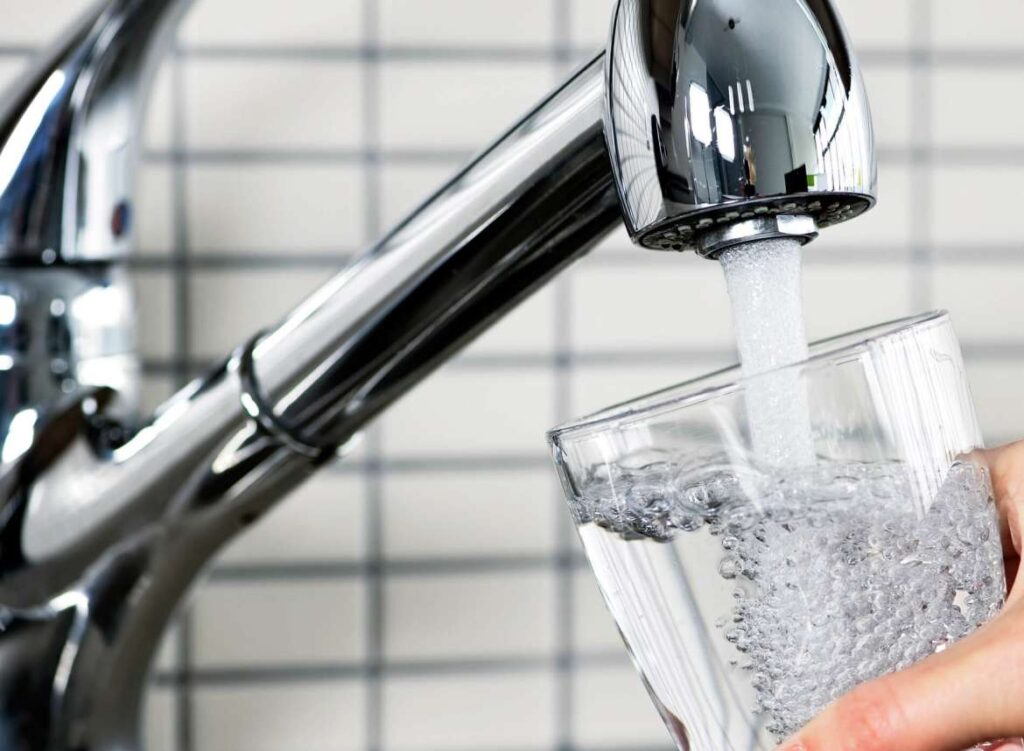There’s a lot of confusion out there about water softeners — what they do, how they work, and whether they’re safe or necessary. Let’s break down some of the most common myths and set the record straight.
Myth #1: Water Softeners Make Water Unsafe to Drink
Fact:
Water softeners do not make water unsafe. They simply remove hardness-causing minerals like calcium and magnesium, replacing them with sodium or potassium. The amount of sodium added is very small — in fact, less than what’s in a slice of bread. If you’re on a low-sodium diet, a reverse osmosis system can be added for drinking water.
Myth #2: Softened Water Tastes Salty
Fact:
Softened water should not taste salty. If it does, the softener may be malfunctioning or over-regenerating. Properly functioning systems only add trace amounts of sodium, not enough to alter taste.
Myth #3: Water Softeners Remove Contaminants
Fact:
Water softeners are not filters. They only remove hardness minerals — not chlorine, bacteria, heavy metals, or other contaminants. To purify your water, you’ll need a dedicated filtration system alongside your softener.
Myth #4: I Don’t Need a Softener If I Have City Water
Fact:
Even municipal water can be hard, depending on your area. Hard water causes scale buildup, reduces appliance lifespan, and leaves spots on dishes and glass. A softener can save you money in the long run — even with treated city water.
Myth #5: Water Softeners Waste a Lot of Water
Fact:
Modern softeners are highly efficient. Newer systems use less salt and water during regeneration cycles than older models. Many are programmable and adjust based on actual water usage.



